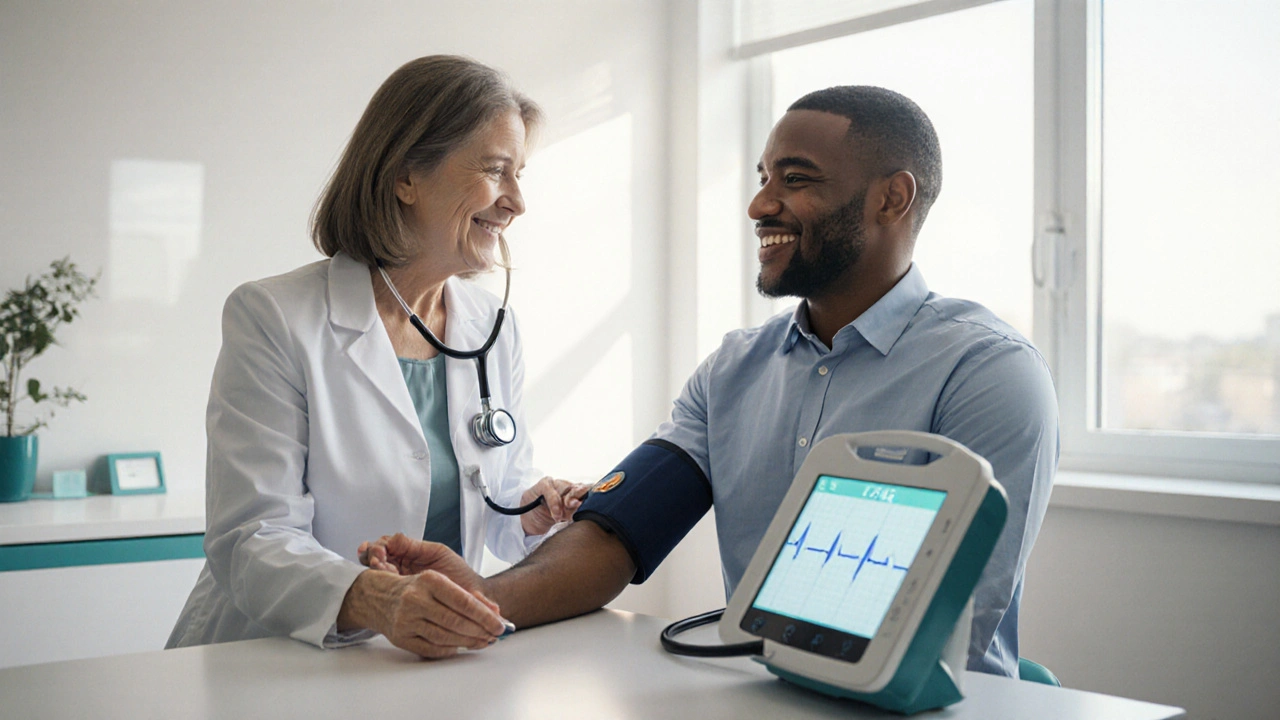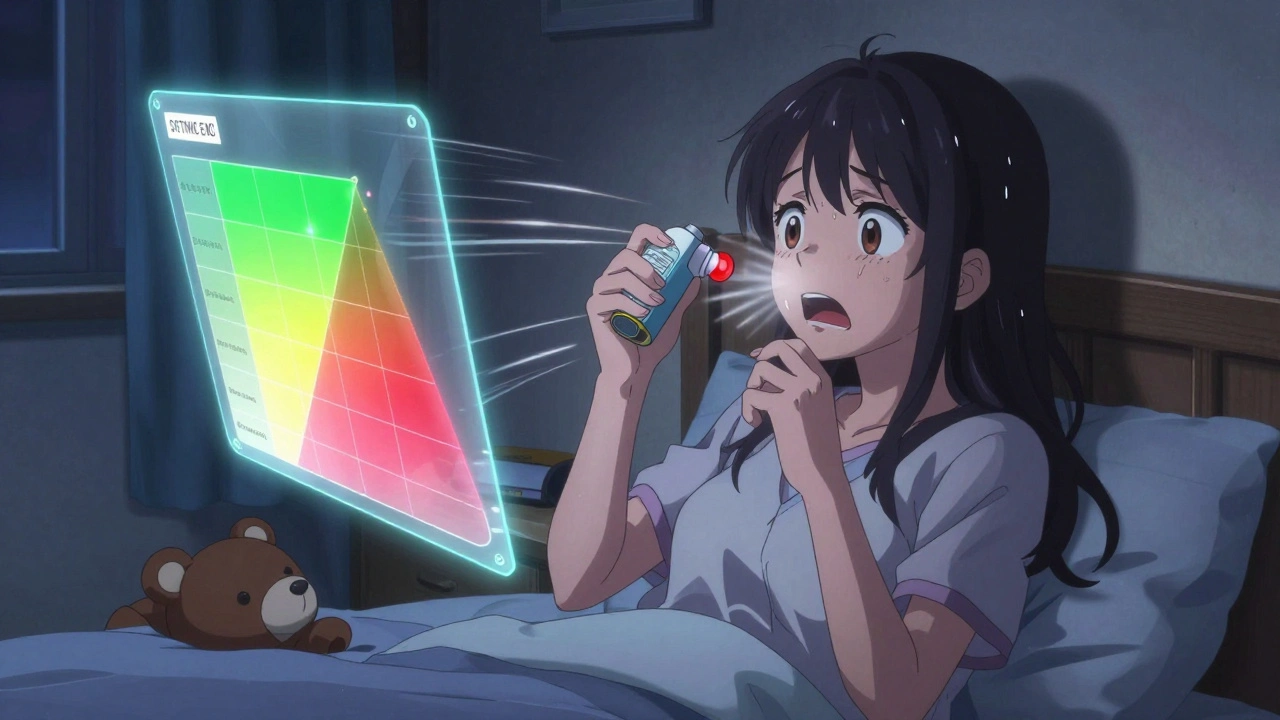Arrhythmia Detection
When working with arrhythmia detection, the process of identifying irregular heart rhythms using medical or consumer devices. Also known as irregular heartbeat detection, it plays a crucial role in preventing strokes, heart failure, and sudden cardiac arrest. Understanding the core methods and emerging tech helps anyone from patients to clinicians catch problems early.
Core Methods and Devices
The backbone of arrhythmia detection is the electrocardiogram (ECG), a test that records the heart’s electrical activity through skin‑placed electrodes. Traditional 12‑lead ECGs give a snapshot in a clinic, while portable single‑lead versions let you record at home. ECG analysis provides the raw data that clinicians interpret to spot atrial fibrillation, ventricular tachycardia, and other rhythm disorders.
Beyond clinic‑based ECGs, wearable heart monitors, devices like smartwatches and chest straps that continuously capture heart rate and rhythm have reshaped detection. These gadgets blend sensors, Bluetooth connectivity, and mobile apps to alert users of potential arrhythmias in real time. Wearables make long‑term monitoring painless, turning everyday life into a diagnostic opportunity.
While hardware collects data, AI‑based algorithms, machine‑learning models that sift through ECG waveforms to pinpoint abnormalities accelerate interpretation. AI can flag subtle changes that human eyes might miss, reducing false negatives and speeding up treatment decisions. The combination of continuous wearables and smart analysis creates a feedback loop: more data fuels better models, which in turn improve detection accuracy.
For clinicians who need comprehensive records, the Holter monitor, a portable 24‑ to 48‑hour ECG recorder remains a go‑to tool. It captures rhythm variations over days, helping to diagnose intermittent arrhythmias that short clinic visits often miss. Pairing Holter data with AI can reveal patterns like nocturnal pauses or exercise‑triggered ectopy, guiding personalized therapy.
All these pieces—ECG, wearables, AI, and Holter monitoring—link together to form a robust arrhythmia detection ecosystem. Below you’ll find a curated set of guides covering everything from buying affordable generic meds to understanding how specific conditions interact with heart rhythm. Whether you’re looking for practical advice, in‑depth comparisons, or the latest research, the articles ahead will give you the tools to stay ahead of irregular heartbeats.
Why Routine Heart Checkups Are Crucial for Detecting Arrhythmia
Learn why regular heart checkups are vital for spotting hidden arrhythmias, the key tests involved, who should get screened, and how lifestyle choices impact rhythm health.






